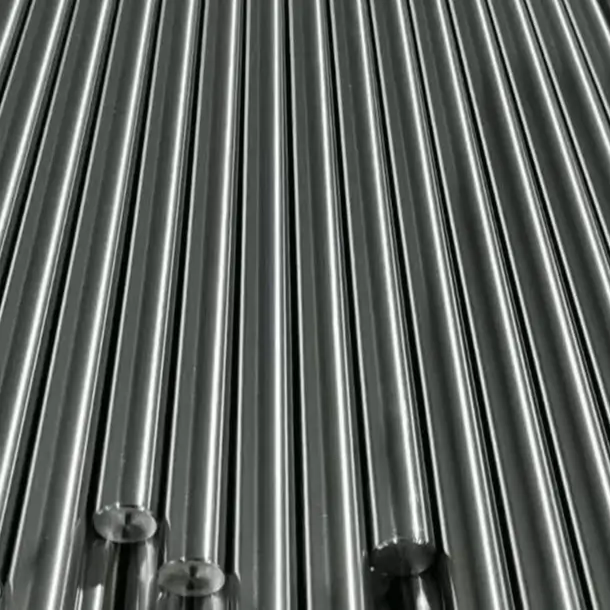Fancymetal offers high purity (customizable) metal products, as well as oxides, sputtering targets, foils, plates, wires, tubes, rods, powders.
Zirconium, atomic number 40, atomic weight 91.224, is a silver-grey metal with a steel-like appearance and lustre.
Applications:
✔ Zirconium absorbs gases such as nitrogen, hydrogen and oxygen as strongly as lithium and titanium, and this property of zirconium has been widely utilised, e.g. in the electric vacuum industry
✔ Zirconium powder is coated on the surfaces of anodes and other heated parts of electric vacuum components and instruments to absorb residual gases in vacuum tubes, and to make highly vacuumed electronic tubes and other electric vacuum instruments, thus improving their quality and prolonging their service time.
✔ Zirconium can also be used as a "vitamin" in the metallurgical industry, giving play to its powerful deoxidising, nitrogen removal and sulphur removal effects.
✔ A thousandth of zirconium is added to steel, and the hardness and strength of the steel increase dramatically.
✔ Zirconium mixed into copper, pumped into copper wire, the conductivity does not weaken, but the melting point is greatly increased, used as a high-voltage wires are very appropriate
Chemical Properties:
Zirconium easily absorbs hydrogen, nitrogen and oxygen; zirconium has a strong affinity for oxygen, 1000°C oxygen dissolved in zirconium can make its volume increase significantly.
The surface of zirconium is easy to form a layer of oxide film, with gloss, so the appearance is similar to steel. It is corrosion resistant, but soluble in hydrofluoric acid and aqua regia.
At high temperature, it can react with non-metallic elements and many metal elements to generate solid solution. Zirconium has good plasticity and is easy to be processed into plates and wires.
Advantages:
✔Strict quality control of raw materials and processes
✔Fast delivery time
✔Good service attitude.
✔Technical support: 24 hours via email
History:
In 808, Britain's H. Davy use of electric current decomposition of zirconium compounds, unsuccessful, in 1824, Sweden's J.J. Berzelius first potassium reduction of K2ZrF6 when the production of zirconium metal, but not pure enough, the reaction formula: K2ZrF6 + 4K = Zr + 6KF, the reaction can also be used as a reductant of Na, until 1914, the Netherlands, a metal white-hot electric lamps Until 1914, a Dutch metal white hot lamp manufacturer of two researchers Lely and Ham bruger with anhydrous zirconium tetrachloride and excess of sodium metal with into an empty ball, the use of electric current heated to 500 ℃, obtained a pure zirconium metal.

